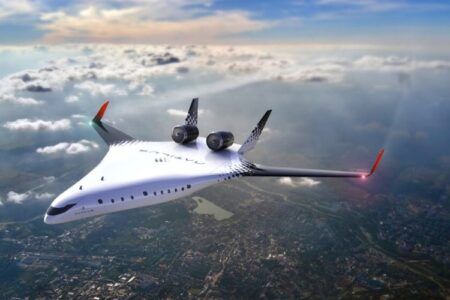Airbus Perlan Mission II – an initiative to fly a glider without an engine to the edge of space to collect ground-breaking insights on climate change, weather and high-altitude flight – reached a new high altitude last week in what was its second season of flight testing in El Calafate in Argentina.
Pilots Jim Payne, Morgan Sandercock, Tim Gardner and Miguel Iturmendi soared the pressurized Perlan 2 glider in a series of flights, reaching a maximum altitude to date of 32,500ft (9,906m).
El Calafate, in the Patagonian region of Argentina, is in one of a few places on Earth where a combination of mountain winds and the polar vortex create the world’s highest ‘stratospheric mountain waves’ – rising air currents that Perlan pilots believe can eventually carry their experimental aircraft to the edge of space.
Over the next two months, the all-volunteer exploration team, sponsored by Airbus, will seek the rare waves in an attempt to break the world gliding altitude record of 50,727ft (15,462m), set by Einar Enevoldsen and Steve Fossett in Perlan 1 in 2006. Along the way, the aircraft will continue to collect scientific data on the atmosphere, which has been made possible by the Perlan 2’s unique attributes.
“Just last month the world witnessed another reminder of the importance of understanding climate change, with the fracture from the Antarctic ice shelf of an iceberg the size of the state of Delaware,” said Perlan Project CEO Ed Warnock.
“Airbus Perlan Mission II will allow us to study a range of atmospheric phenomenon that ultimately will give us more accurate models of our upper atmosphere and the climatic changes that matter to every world citizen.”
The engineless design of the Perlan 2 sail plane enables it to collect uncontaminated air samples from a range of altitudes. Unlike a weather balloon, it can be steered, can stay in one area, and can take off and land in the same location.
Besides studying factors affecting climate change, Airbus Perlan Mission II will also provide insights into high altitude turbulence and radiation effects on pilots and aircraft.
August 9, 2017




